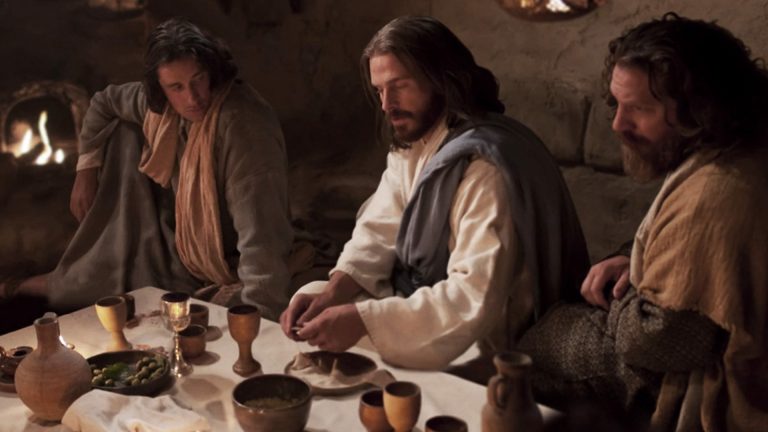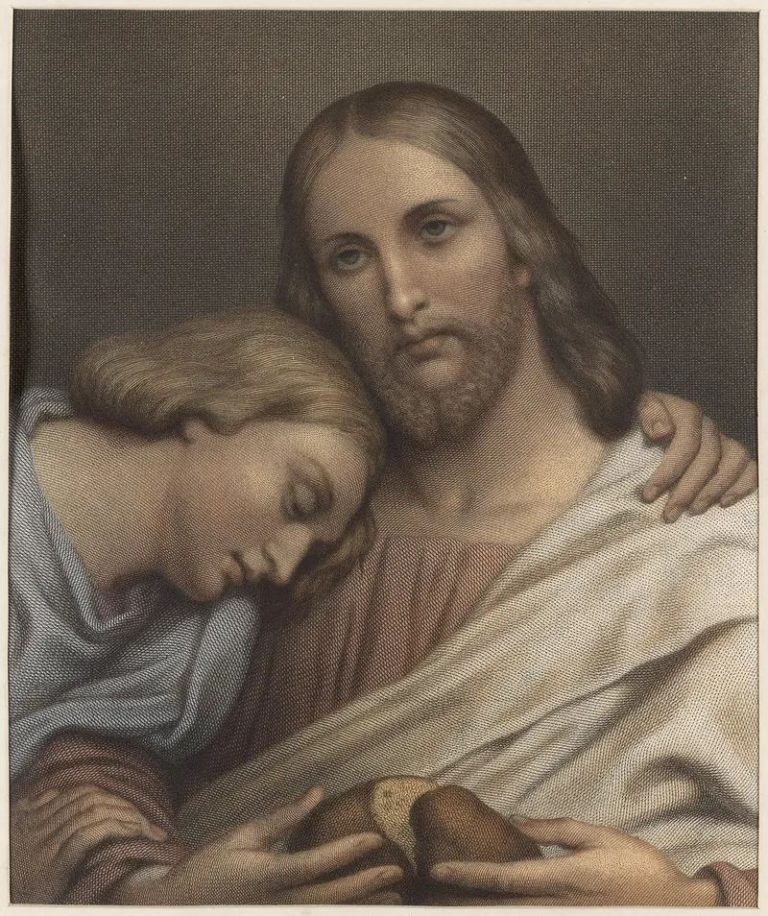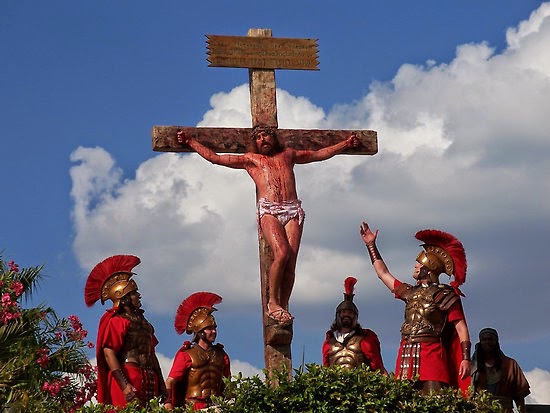Are Catholic Church Doors Open To All? What You Should Know!
Catholic churches have long been considered a place of refuge and solace for many individuals seeking spiritual guidance. These buildings are known for their inviting and peaceful atmosphere, serving as a sanctuary for people from all walks of life.
Despite concerns over safety in recent times, the Catholic Church continues to keep its doors open to everyone, emphasizing its commitment to being an inclusive and welcoming community.
While there may be certain religious practices reserved solely for Catholics, non-Catholics are still welcome to enter and experience the tranquil environment of a Catholic church. Catholic churches serve as a symbol of the Church’s open and welcoming nature, inviting individuals to come in and reflect on their own beliefs, regardless of their faith background.
In this article, we will examine the ways in which Catholic church doors remain open to all, and how these buildings continue to be a beacon of hope and comfort for individuals seeking solace and guidance.
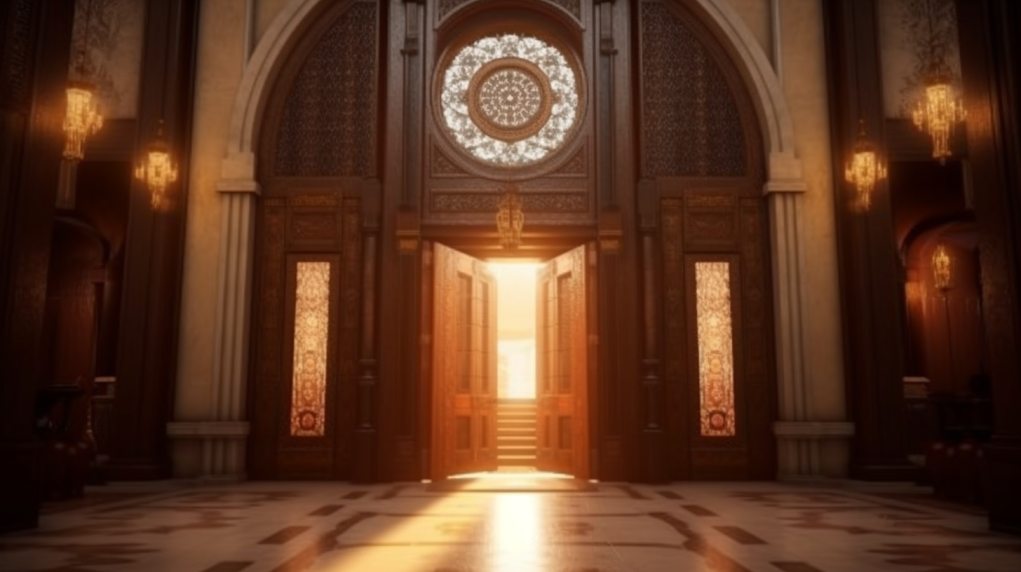
Purpose of Church Buildings
Church buildings owned by the Catholic Church are intended to serve as places of prayer, reflection, and rest for all people, regardless of their religious affiliation or beliefs. These buildings are designed to provide a peaceful and tranquil environment where people can connect with their spirituality, reflect on their lives, and find comfort during difficult times.
Church buildings are an essential part of the Catholic community and serve as a gathering place for people to come together and share their faith.
In addition to providing a space for spiritual connections, church buildings also symbolize the Catholic faith. They are often grand and imposing structures that are designed to inspire awe and reverence in those who enter.
The architecture of these buildings is meant to reflect the glory of God and the majesty of the Catholic Church. While church buildings are primarily used for religious purposes, they are open to all people who seek a place of refuge and reflection.
Guidelines for Visitors
Visitors to these religious buildings are expected to maintain a respectful demeanor and avoid any behavior that may disturb others. While anyone is welcome to enter a Catholic Church to pray or think, there are certain guidelines that visitors must follow.
These guidelines are in place to ensure that the church remains a peaceful environment for all who enter.
- Respectful behavior: Visitors should be respectful and avoid disturbing others in the church. This includes refraining from loud talking, running, or engaging in any behavior that may disrupt the peaceful atmosphere of the church.
- Non-Catholic activities: While non-Catholics are welcome to enter a church, certain activities are reserved for Catholics only. Visitors should refrain from participating in any sacraments, such as receiving the Eucharist or confessing sins to a priest, unless they have been baptized and are practicing Catholics.
- Cell phone use: Visitors should turn off their cell phones and avoid using them in the sanctuary. This is to prevent any distractions or disruptions during prayer and reflection.
- Dress code: Visitors should dress appropriately when entering a Catholic Church. This means avoiding revealing or provocative clothing and wearing modest attire out of respect for the sacred nature of the space.
- Follow the rules: Visitors should familiarize themselves with the specific guidelines of the church they are visiting and follow them accordingly. This includes any posted signs or instructions from church staff. By respecting these guidelines, visitors can ensure that they are creating a peaceful environment for all who enter the church.
Balancing Safety and Access
When considering the balance between safety and accessibility, evaluating potential risks and implementing appropriate measures to mitigate them is important.
This is especially true for Catholic churches, which strive to maintain a welcoming atmosphere while ensuring their visitors’ safety.
Some churches have implemented security measures such as cameras, alarms, and security guards to prevent theft, vandalism, and other crimes.
However, these measures can also create a sense of unease or discomfort for visitors who may feel like they are being watched or monitored.
To maintain a welcoming atmosphere, churches must also prioritize the needs of their visitors. This includes providing clear information about the church’s policies and guidelines, as well as ensuring that visitors feel comfortable and respected.
For example, some churches may offer informational brochures or guided tours to help visitors understand the history and significance of the building. Additionally, churches should strive to create an environment that is conducive to prayer, reflection, and rest, while also respecting the privacy and needs of their visitors.
By balancing safety and accessibility, Catholic churches can continue to provide a sanctuary for people of all faiths and backgrounds.
| Security Measures | Welcoming Atmosphere |
|---|---|
| Cameras | Clear information about policies and guidelines |
| Alarms | Guided tours and informational brochures |
| Security guards | Respect for visitors’ privacy and needs |
| Locking doors at night | Creating a peaceful environment for prayer and reflection |
The table above highlights some of the security measures that churches may implement and ways to create a welcoming atmosphere for visitors. By balancing these two priorities, churches can ensure that their doors remain open to all seeking rest, reflection, and spiritual nourishment.
Ultimately, the goal is to create an environment where visitors feel safe, respected, and welcomed, while also preserving the sanctity and significance of the church building.
Conclusion
In conclusion, Catholic churches serve as a sanctuary for all people, regardless of their religious affiliation. The purpose of these buildings is to provide a peaceful and inviting atmosphere where anyone can reflect and pray.
While certain activities may be reserved for Catholics, non-Catholics are still welcome to enter and experience the tranquil environment. However, some churches may lock their doors at night in light of safety concerns.
Despite this, the Catholic Church aims to keep their doors open to anyone seeking spiritual guidance. Guidelines for visitors are in place to ensure that everyone can enjoy the space respectfully and safely.
Ultimately, the Catholic Church’s open and welcoming nature is reflected in their church buildings, symbolizing their commitment to inclusivity and hospitality.
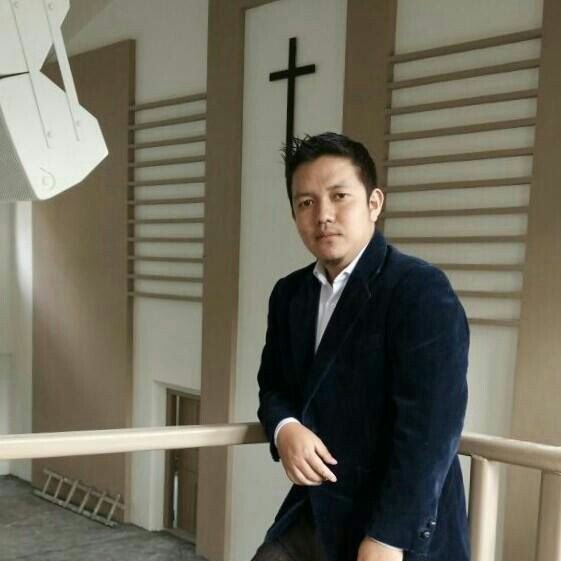
Sangtea Hmar is a passionate leader of the Youth Christian Fellowship at the Electric Vengthlang Presbyterian Church in Aizawl, Mizoram, India. He is the owner of Christiantone.com and is committed to spreading the word of God. He loves to mentor youth and help them grow in their faith.


